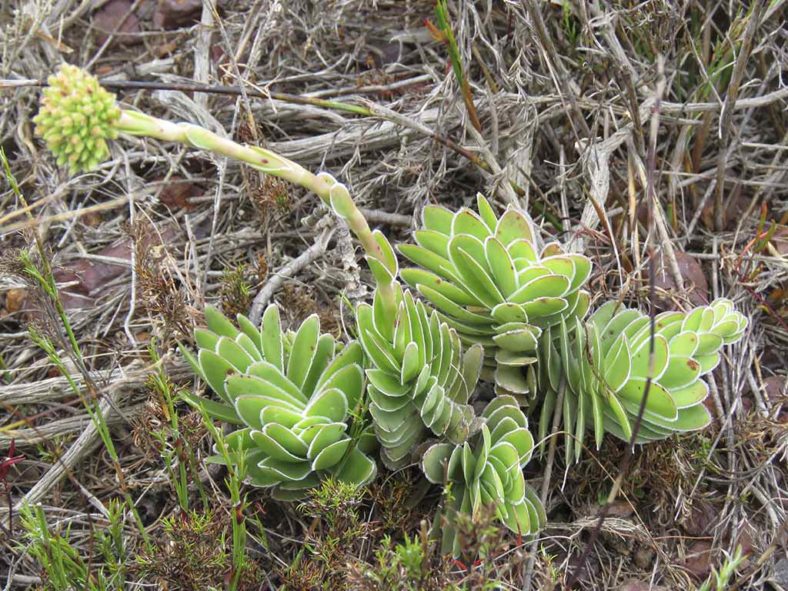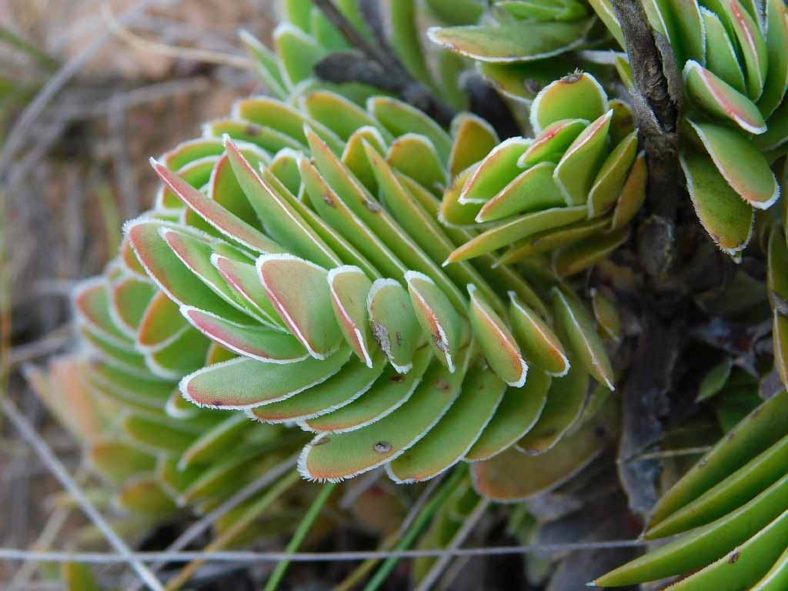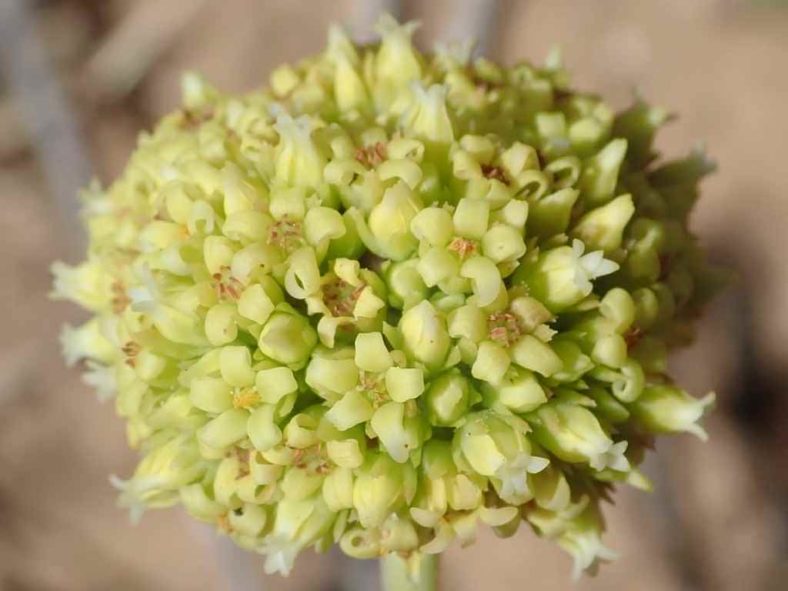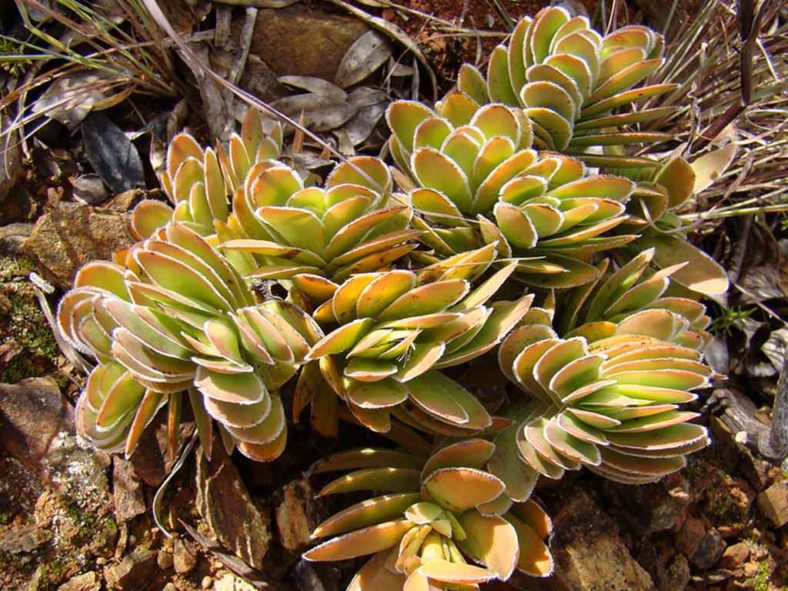Scientific Name
Crassula ciliata L.
Common Name(s)
Frill Stonecrop
Synonym(s)
Crassula concinna, Crassula concinnella, Crassula ligulifolia, Purgosea ciliata, Purgosea concinna, Purgosea concinnella, Purgosea ligulifolia, Sedum ciliatum, Sphaeritis ciliata
Scientific Classification
Family: Crassulaceae
Subfamily: Crassuloideae
Genus: Crassula
Etymology
The specific epithet "ciliata (sil-ee-ATE-uh)" means "having cilia" and refers to the fringe of cilia along the margins of the leaves.
Origin
Crassula ciliata is native to South Africa. It occurs on lower gravelly or sandy slopes from Cape Peninsula to Port Elizabeth.
Description
Crassula ciliata is a much-branched, succulent shrublet with short, decumbent branches and green to yellowish-green leaves with marginal cilia. It can grow up to 8 inches (20 cm) tall. The branches are green and glabrous with persistent older leaves and can reach up to 0.3 inches (0.7 cm) in diameter. The leaves take on a red flush when moderately stressed by direct sun or drought. They are flat, oblong-elliptic, and rounded, measuring up to 1.2 inches (3 cm) long and up to 0.5 inches (1.2 cm) wide. The cilia on the margins are in a dense row and usually slightly recurved.
The flowers are tubular below, star-shaped above, cream to pale yellow, and appear in late spring and summer. The inflorescence is a rounded thyrse with several dichasia, each with few to many flowers. The peduncle is more or less distinct and can grow up to 10 inches (25 cm) long.

How to Grow and Care for Crassula ciliata
Light: C. ciliata prefers full sun to partial shade. However, intense afternoon sun in the hottest period of summer can burn the leaves of the plant. Therefore, a place with morning sun and afternoon shade would be perfect. Indoors, place your plant in a window that receives at least 6 hours of direct sunlight.
Soil: This plant is not particular about soil pH but requires very porous soil with excellent drainage. Use commercial potting soil mixes designated for succulents, or mix your own.
Temperature: Like most Crassulas, this succulent will tolerate short-term freezing, but extremes of cold or heat will cause it to lose leaves and die. C. ciliata can withstand temperatures as low as 25 °F (-3.9 °C). USDA Plant Hardiness Zones 9b to 11b, 25 to 50 °F (-3.9 to 10 °C).
Watering: Avoid overwatering using the "soak and dry" method, where the soil is soaked with water, slowly drained, and left to dry out before watering again. Reduce watering in winter. Potted plants require more frequent watering than those in the ground.
Fertilizing: C. ciliata does not need much feeding but will benefit from a small amount of organic fertilizer when it starts actively growing in mid-spring.
Repotting: Repot as needed, preferably in spring, at the beginning of the period of the plant's active growth. Make sure the soil is dry before you begin repotting.
Propagation: This succulent is generally started by leaves or stem cuttings. It can also be grown from seeds and offsets. The easiest way is to propagate C. ciliata from a single leaf, while using stem cuttings is the fastest way to get a decent-sized plant. These processes are most successful at the beginning of the plant's active growth period. Sow the seeds in the spring or summer.
Learn more at How to Grow and Care for Crassula.
Toxicity of Crassula ciliata
C. ciliata is nontoxic to people and pets.
Links
- Back to genus Crassula
- Succupedia: Browse succulents by Scientific Name, Common Name, Genus, Family, USDA Hardiness Zone, Origin, or cacti by Genus
Photo Gallery
Click on a photo to see a larger version.


